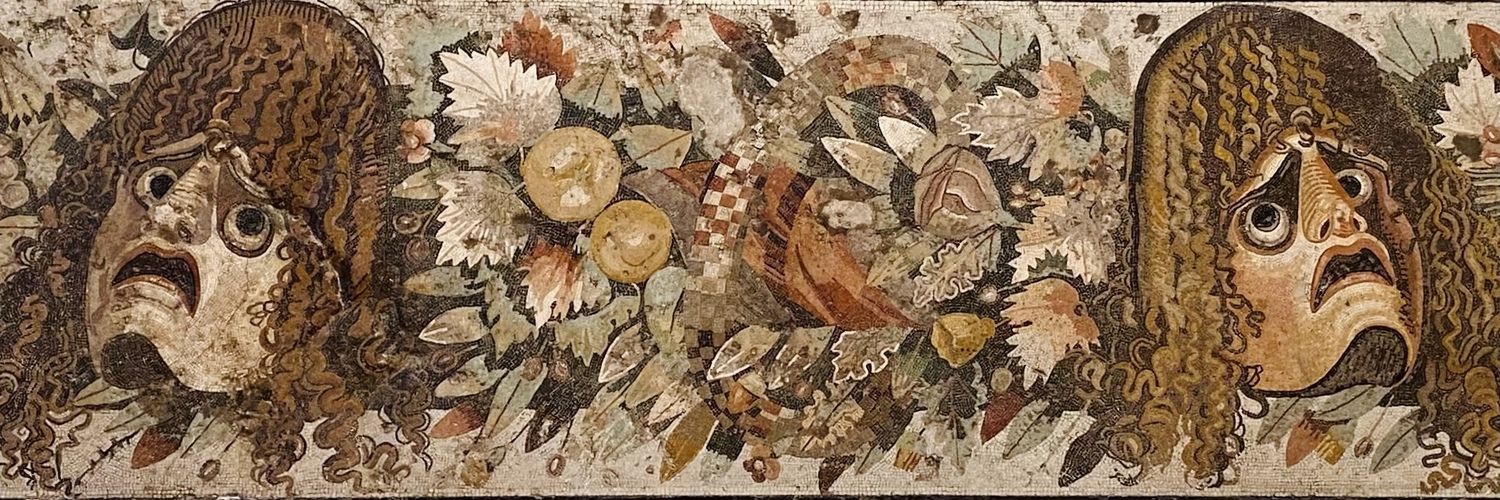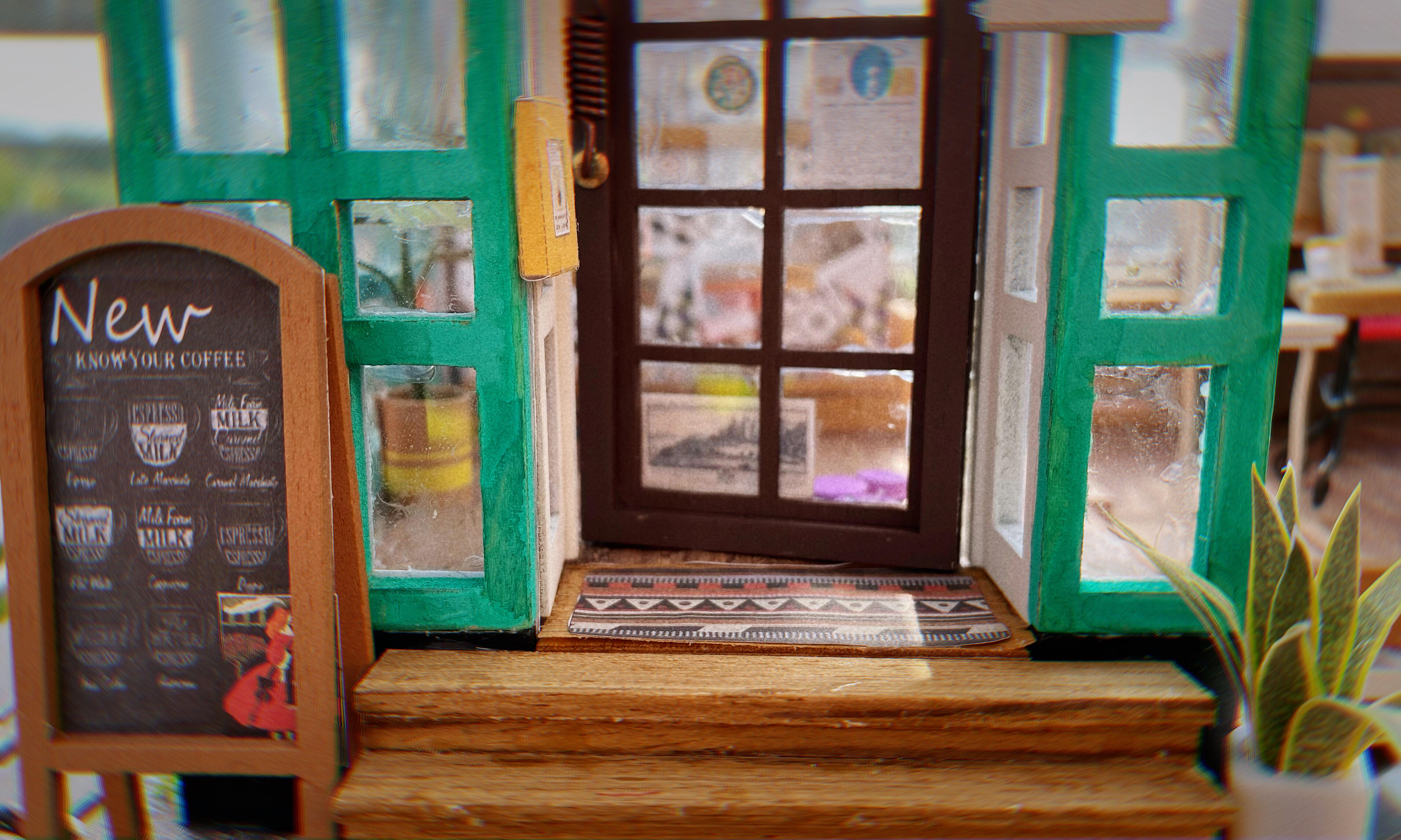
When you look at a rainbow, you see discrete stripes of color, roughly like the drawing on the left side of figure 5-1. But in nature, a rainbow has no stripes—it’s a continuous spectrum of light, with wavelengths that range from approximately 400 to 750 nanometers. This spectrum has no borders or bands of any kind.
Why do you and I see stripes? Because we have mental concepts for colors like “Red,”“Orange,” and “Yellow.” Your brain automatically uses these concepts to group together the wavelengths in certain ranges of the spectrum, categorizing them as the same color. Your brain downplays the variations within each color category and magnifies the differences between the categories, causing you to perceive bands of color.If you visit the Russian Google (images.google.ru) and search for the Russian word for rainbow, радуга, you’ll see that Russian drawings contain seven colors, not six: the Western blue stripe has been subdivided into light blue and dark blue, as in figure 7-2.
These pictures demonstrate that concepts of color are influenced by culture. In Russian culture, the colors синий (blue) and Голубой (sky blue to a Westerner) are different categories, as distinct as blue and green are to an American. This distinction is not due to inborn, structural differences in the visual system of Russians versus Americans, but to culture-specific, learned concepts of color. People raised in Russia are simply taught that light and dark blue are distinct colors with different names. These color concepts become wired into their brains, and so they perceive seven stripes.
#HowEmotionsAreMade
所以不同文化的人并不是用不同的词来“描述”同一种颜色,而是他们就能“看”到不同的颜色 ![]()
以及才发现🌈和🏳️🌈只有六种颜色,中文里的彩虹和俄语一样也是七色的。
